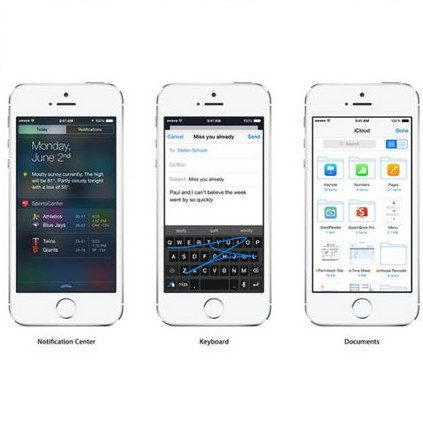Unsupervised anomaly detection (UAD) learns one-class classifiers exclusively with normal (i.e., healthy) images to detect any abnormal (i.e., unhealthy) samples that do not conform to the expected normal patterns. UAD has two main advantages over its fully supervised counterpart. Firstly, it is able to directly leverage large datasets available from health screening programs that contain mostly normal image samples, avoiding the costly manual labelling of abnormal samples and the subsequent issues involved in training with extremely class-imbalanced data. Further, UAD approaches can potentially detect and localise any type of lesions that deviate from the normal patterns. One significant challenge faced by UAD methods is how to learn effective low-dimensional image representations to detect and localise subtle abnormalities, generally consisting of small lesions. To address this challenge, we propose a novel self-supervised representation learning method, called Constrained Contrastive Distribution learning for anomaly detection (CCD), which learns fine-grained feature representations by simultaneously predicting the distribution of augmented data and image contexts using contrastive learning with pretext constraints. The learned representations can be leveraged to train more anomaly-sensitive detection models. Extensive experiment results show that our method outperforms current state-of-the-art UAD approaches on three different colonoscopy and fundus screening datasets. Our code is available at https://github.com/tianyu0207/CCD.
翻译:未经监督的异常检测(UAD)专门用正常(即健康)图像来学习单级分类方法,专门用正常(即健康)图像来检测任何不符合预期正常模式的异常(即不健康)样本。UAD比完全监督的对等机构有两个主要优势。首先,它能够直接利用卫生筛查方案提供的大型数据集,这些数据集大多包含正常图像样本,避免对异常样本进行昂贵的手工标签,以及随后在以极舱平衡数据进行培训时遇到的问题。此外,UAD方法有可能发现和本地化任何偏离正常模式的偏差。UAD方法面临的一个重大挑战是如何学习有效的低维图像显示,以检测和本地化微妙的异常(通常包括轻微的偏差)异常。为了应对这一挑战,我们提出了一种新的自我监督的代表学习方法,即为检测异常现象而进行有节制的反调分布学习,同时利用对比性学习的方法预测扩大的数据和图像环境的分布情况。在目前对异常敏感的基金测试模型中,可以利用学习的方法来培训更反常态的、更敏化的RBS-BS-AD 。




